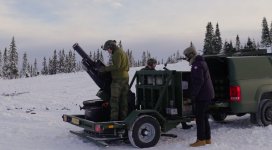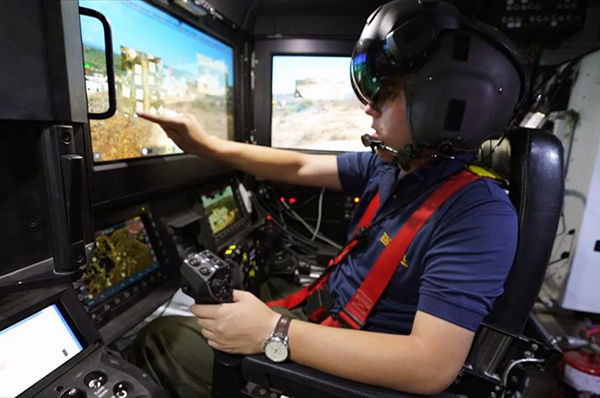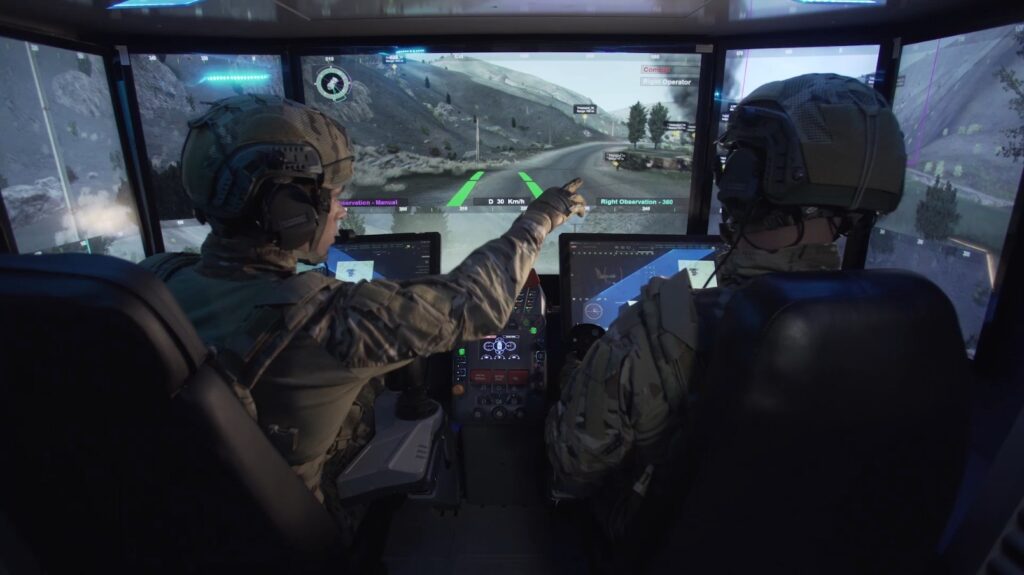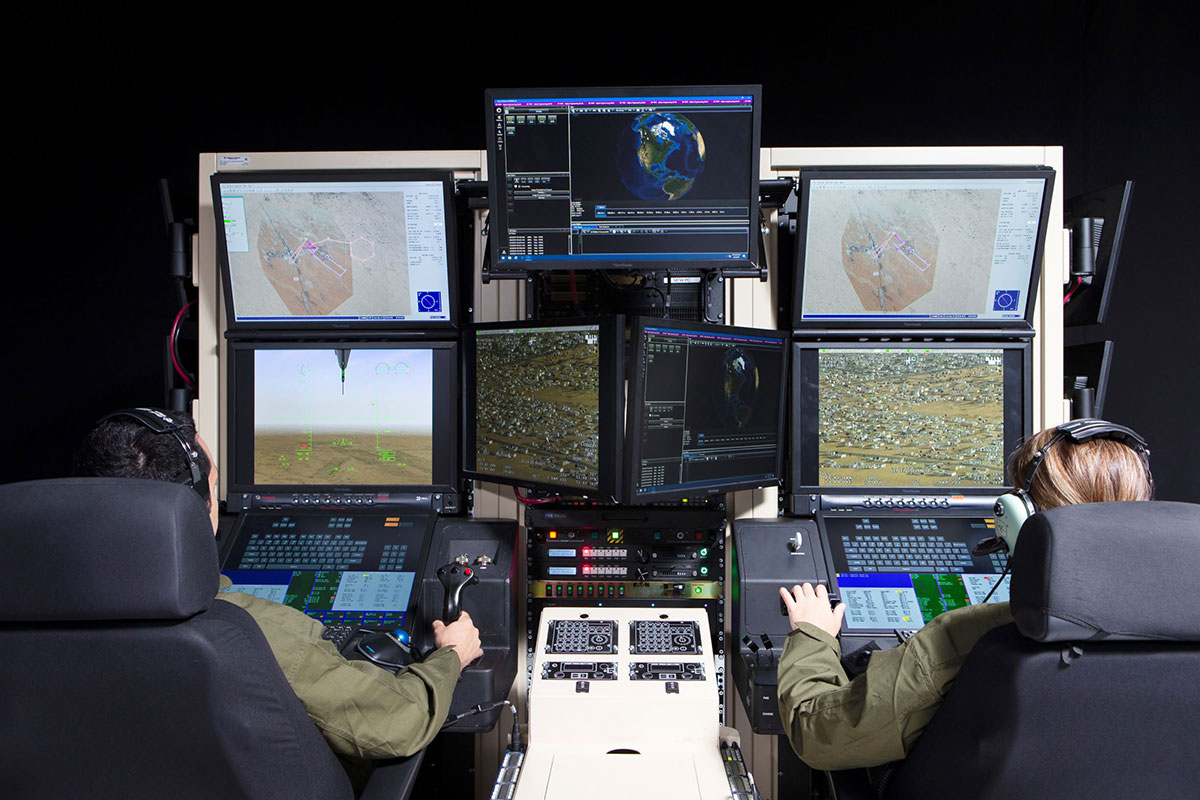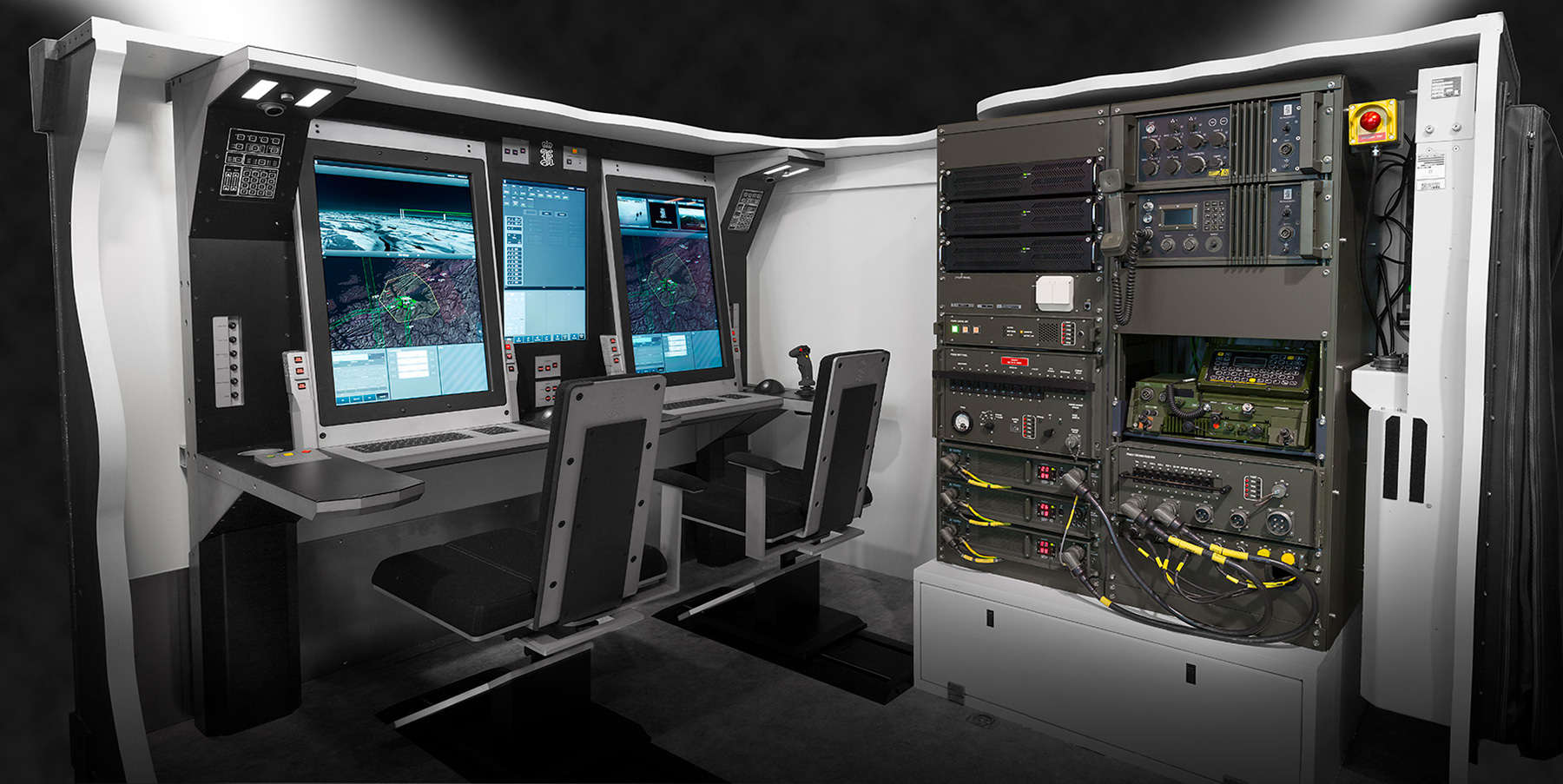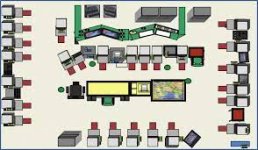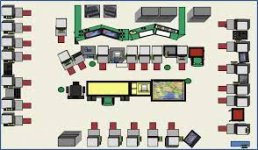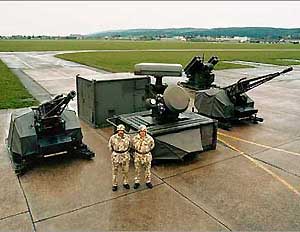KevinB
Army.ca Relic
- Reaction score
- 29,308
- Points
- 1,260
Depends on the target.Oops on the above post and I can't seem to edit it. Mods, delete it?
Would 10-15 LBS of ultra precision HE warhead be more effective than 50-100 LBS HE warhead "nearby"? ARty gurus?


